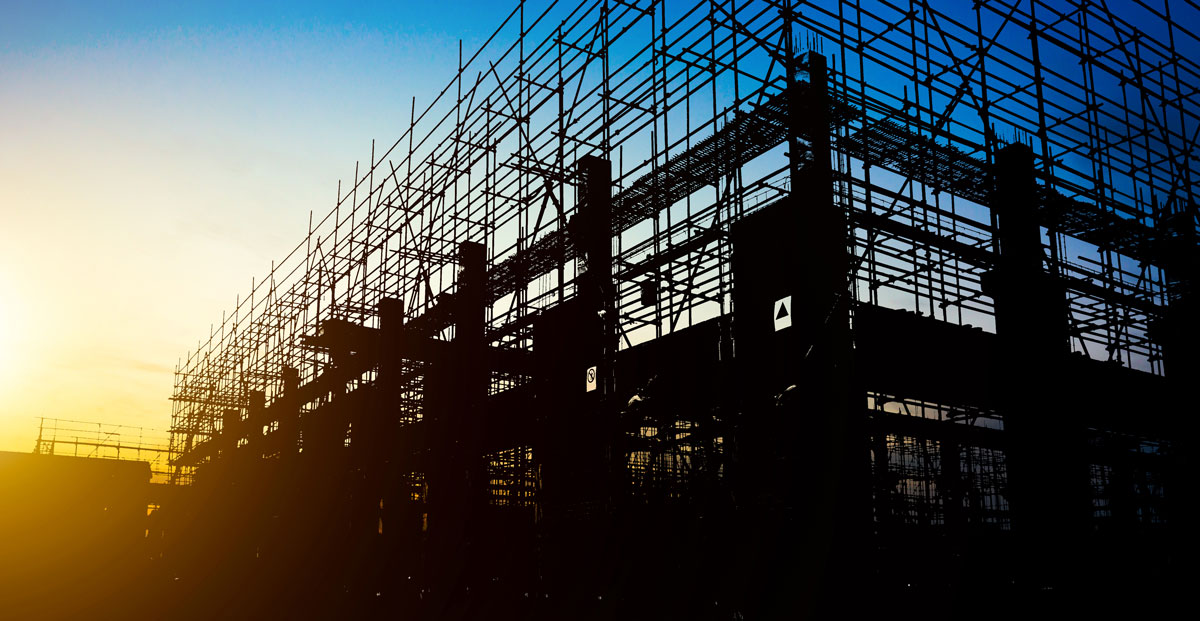How BIM can improve productivity in construction
To help improve this article, click 'Edit this article' above.
BIM stands for building information modelling. What does that really mean?
It represents the management of information on a project, both physical and functional. Building information models are actually digital files that provide details about every aspect of a project, supporting the decision-making process while the project is in progress and when the completed development is in operation.
Some believe that BIM is just 3D modelling, but it is so much more than that. It features more than 3D (which includes width, height, and depth). Namely, it also includes 4D (time), 5D (cost), as well as 6D (as-built operation).
In other words, it's not a simple geometry. It takes additional features into account, such as light analysis, spatial relations, and geographic details, as well as details on building components, cost and so on. For example, the representation of a pump in a BIM model will include not only its physical dimensions and its exact location within the building but it will also provide you with installation instructions, maintenance notes, and warranty record, as well as its connection to other components of the system.
The BIM model contains all the necessary information about the building and provides one database to use as the main source of information about the building and the construction works that need to be performed.
When a project is in the design phase, BIM can decrease the number of errors that occur as a result of the traditional documentation on the design. There may then be fewer mistakes on the construction site.
Another important advantage of using BIM is the opportunity to use the so-called "active document". It is an editable digital file where you can prepare, keep and update all the essential documents. This will enable you to quickly make and update current reports necessary for the planning and the implementation of the project.
It allows a great deal of flexibility when it comes to exploring potential changes in the project design. Coordination time is minimized, as well as the manual checking, allowing the design team to deal with real issues on the project. It also provides a digital record of changes, the planning and management processes is improved, and ultimately this speeds up the overall productivity.
BIM makes it possible for the design and documentation processes to be performed simultaneously, and not one after the other. The works can be in progress while at the same time the project team can work on drawings and diagrams, schedules, estimations, and other aspects. BIM enables you to also make adaptations and changes to the original model, for example, taking site conditions into account. All of these features speed up the construction process.
BIM can even enable the team to be smaller, yet to do more work. It results in decreased chances for miscommunication and lower costs at the end of the project. As the document quality is improved, as well as the construction planning, the administration process and the construction works will be done successfully faster and for less money.
In short, building information modelling can enable the construction industry to raise the quality of its work to a more sophisticated level.
[edit] Related articles on Designing Buildings Wiki
- Beyond BIM: Knowledge management for a smarter built environment.
- BIM and facilities management.
- BIM articles.
- BIM dimensions.
- BIM execution plan.
- BIM glossary of terms.
- BIM level 2.
- BIM maturity levels.
- BIM resources.
- Building information modelling.
- Construction Operations Building Information Exchange (COBie).
- CIC BIM Protocol.
- Collaborative practices.
- Common data environment.
- Data drops.
- Employers information requirements.
- Federated building information model.
- Global BIM market.
- Government Construction Strategy.
- Government Soft Landings.
- Industry Foundation Classes.
- Information manager.
- Level of detail.
- PAS 1192-2:2013.
- PAS 1192-3:2014.
- Soft landings.
- Uniclass.
BIM Directory
[edit] Building Information Modelling (BIM)
[edit] Information Requirements
Employer's Information Requirements (EIR)
Organisational Information Requirements (OIR)
Asset Information Requirements (AIR)
[edit] Information Models
Project Information Model (PIM)
[edit] Collaborative Practices
Industry Foundation Classes (IFC)







Comments